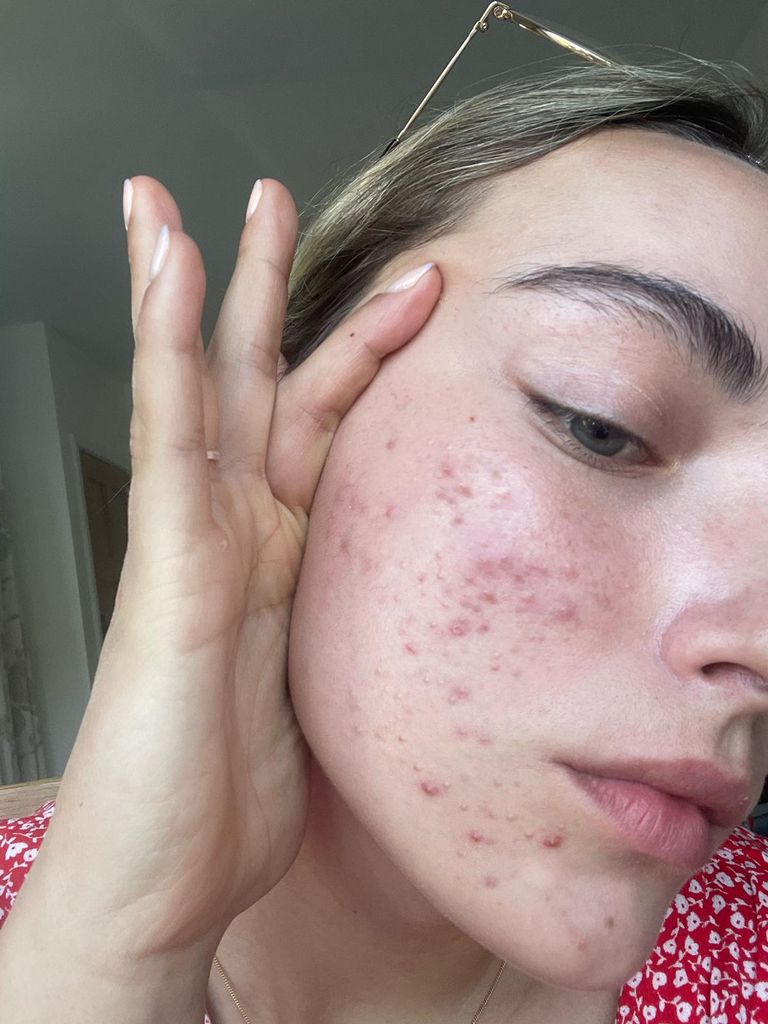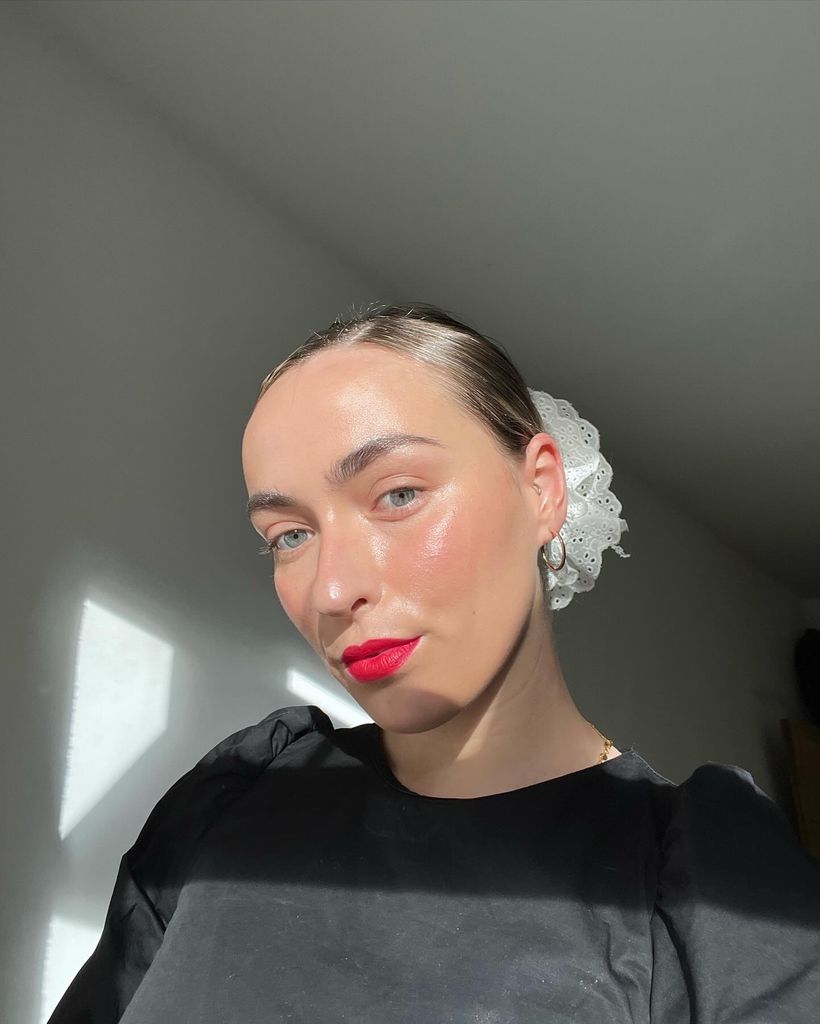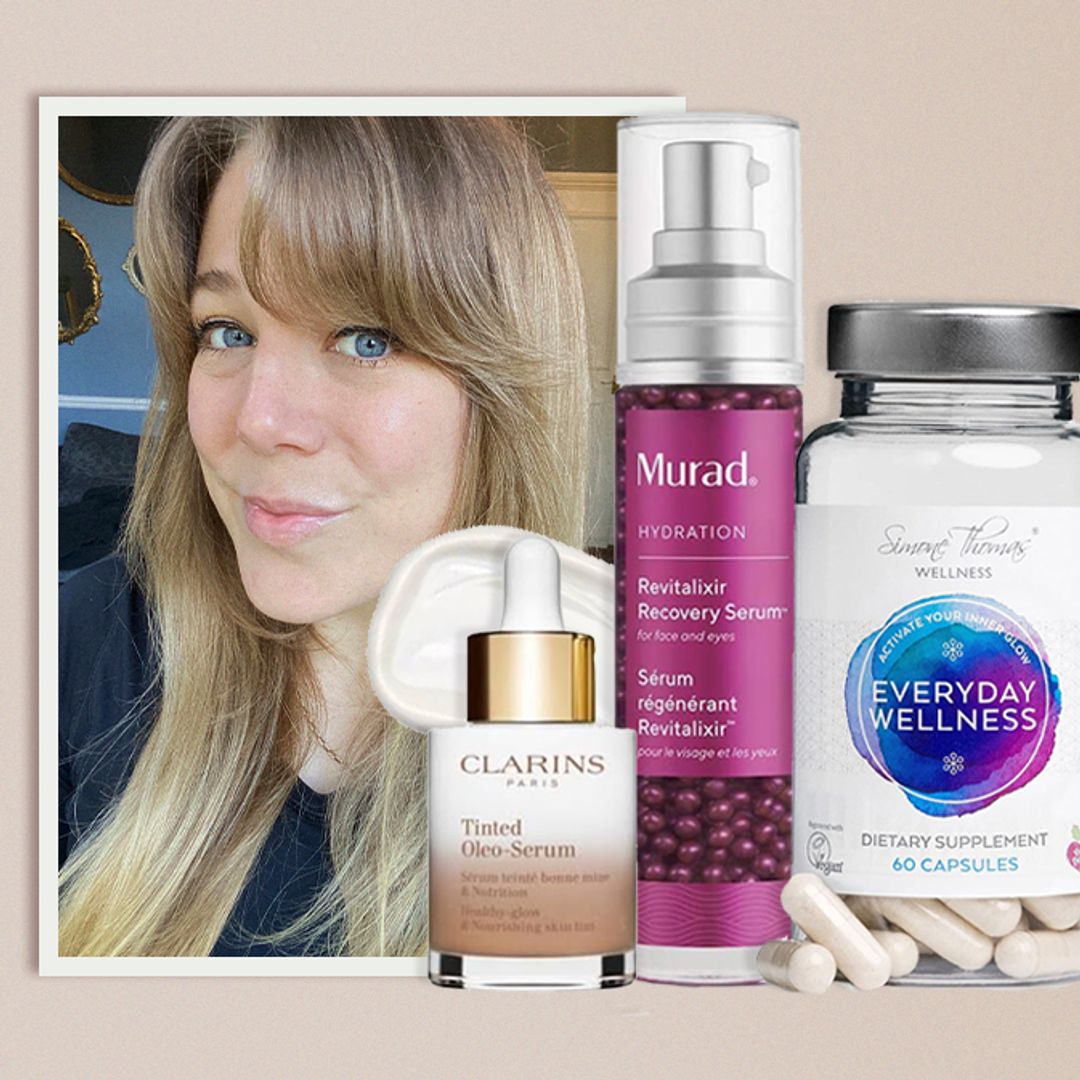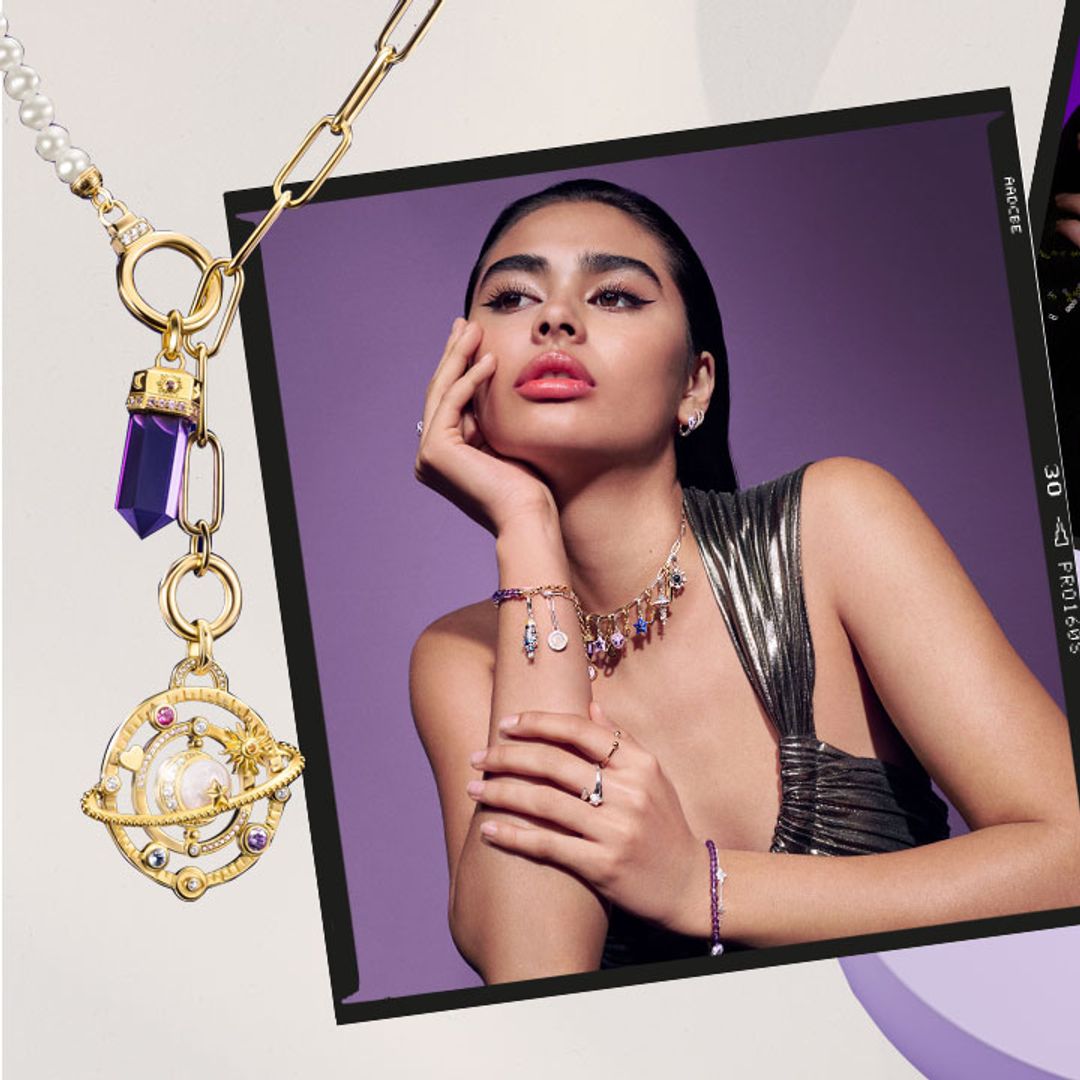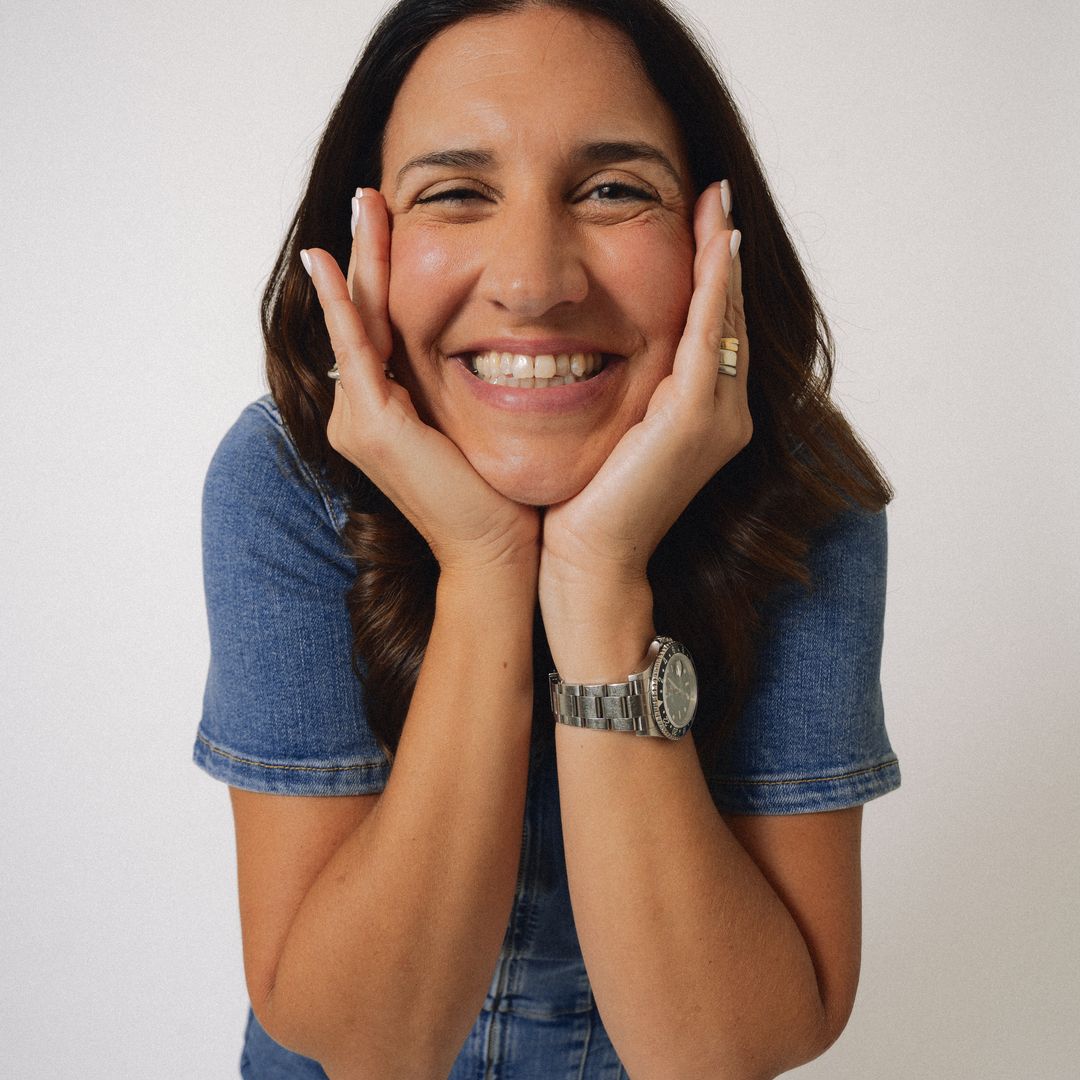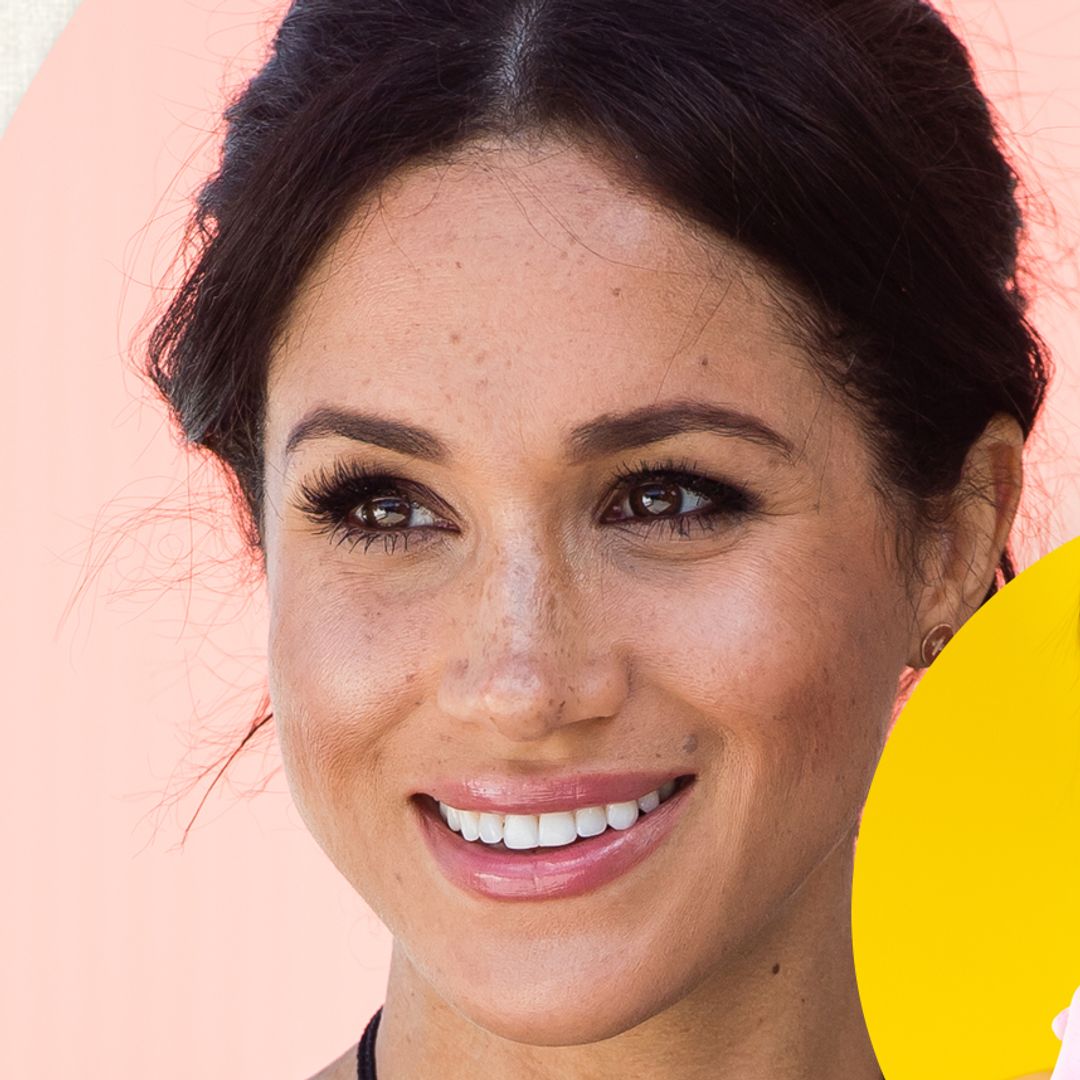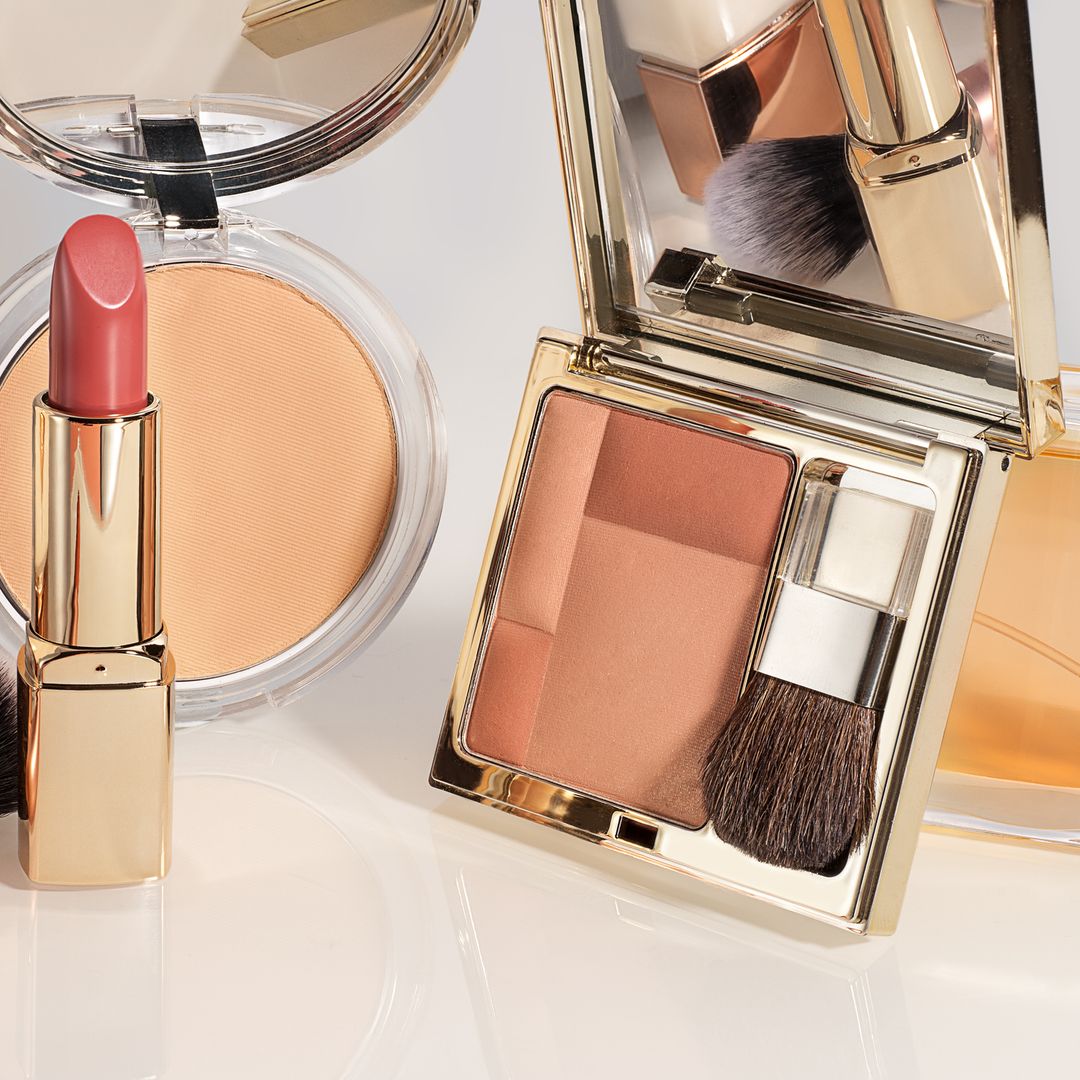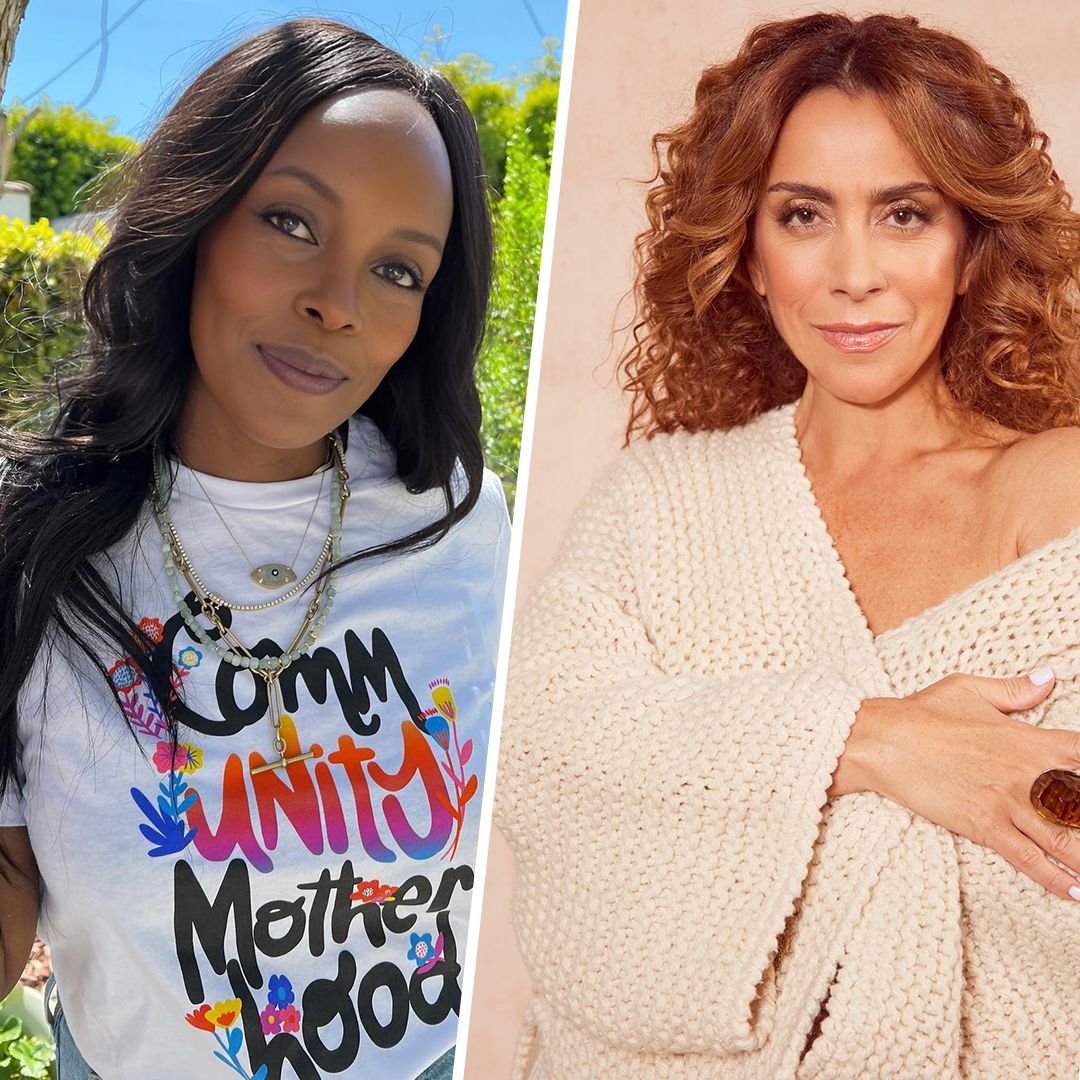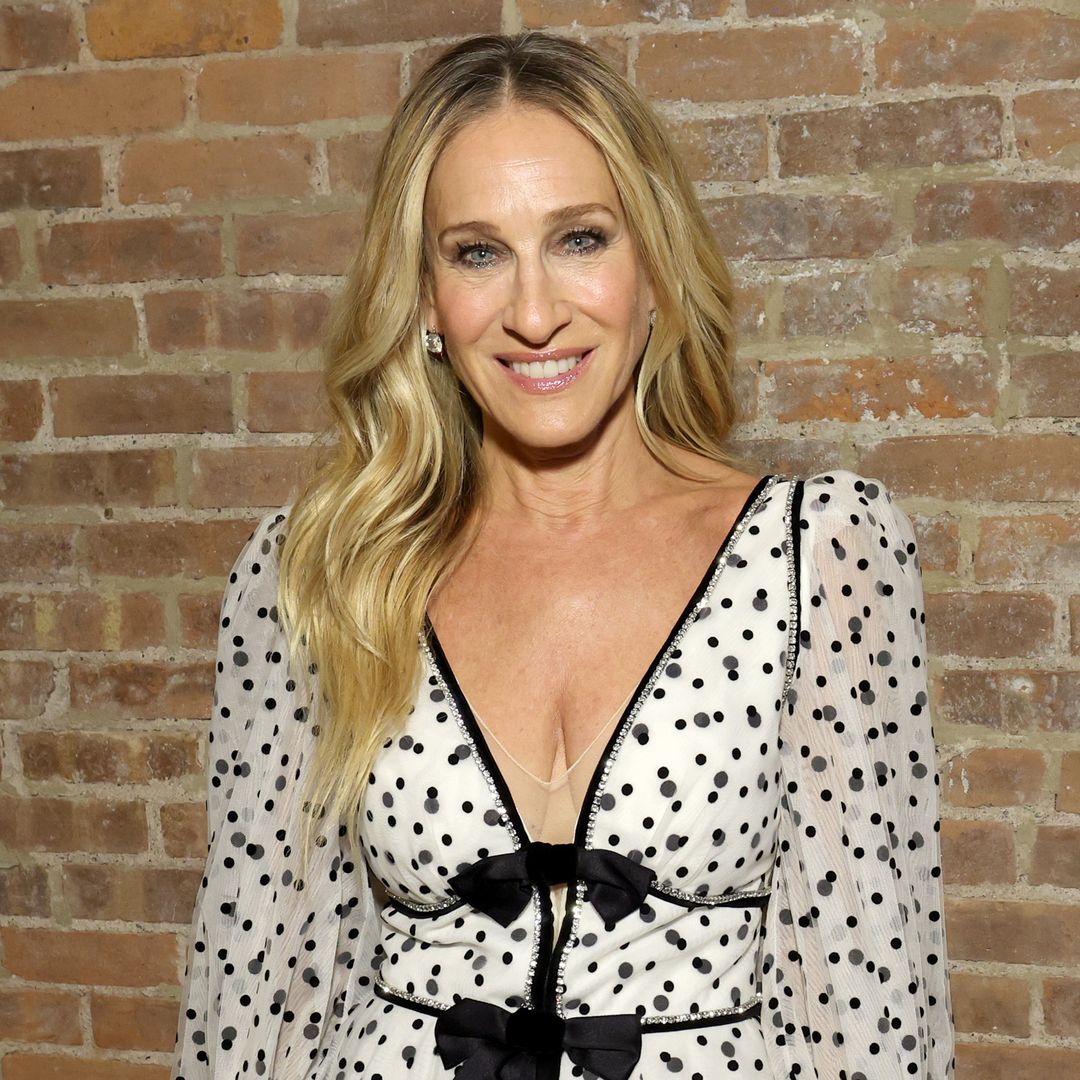I breezed through my teenage years with blemish-free skin. While many of my friends and peers struggled with hormonal breakouts, acne and typical 'teenage skin', I was never on the receiving end of bad breakouts - until I hit my 20s, that is.
Ironically, I worked in beauty and cosmetic PR before I became a journalist, and spent much of my time researching the benefits behind even the most obscure skincare ingredients. At the time, I could tell you what every single ingredient in your cleanser does for your skin. I can still list the benefits of retinoids like the alphabet. What I couldn't do, however, was prevent the sudden and unexpected change in my complexion that happened shortly after the pandemic plunged the world into lockdown.
Almost overnight, my once clear skin was plagued with textured bumps, which soon turned to painful, cystic breakouts. These stuck around for several months, leaving behind a barrage of dark scars whenever I wasn't experiencing active flare ups. I had adult acne, and felt totally helpless.
Even more frustrating, was that I was doing everything we're told to do to promote healthy skin. Lockdown gave me time to nail a disciplined, healthy lifestyle, so there was no shortage of leafy greens or skin-loving ingredients in my diet. I was getting daily fresh air, I was hardly wearing make-up, I stopped drinking alcohol, and yet each day I'd wake up with an unwelcome cluster of newly-formed spots.
My GP suggested Roaccutane. A dermatologist prescribed me Tretinoin. TikTok convinced me I'd given myself fungal acne from at-home dermaplaning. For months I tried to work out what was really behind my skin breakouts, but could never find the answer.
Adjusting to my new reflection is one of the most challenging things I've had to do. I felt deeply insecure about leaving the house, horrified at the thought of turning my camera on for Zoom calls and developed a love-hate relationship with my bathroom mirror. Love, because it was the only place I allowed myself to be face-to-face with my skin, and hate, because I was constantly reminded of how different I looked.
Nearly four years on, my skin has (thankfully) calmed down, but I'm still partial to an angry breakout. I never did get to the bottom of why my skin flared up like it did.
From the products I swear by to the dermatologist-approved hacks to healthy skin, here's everything I did to get my skin glow back.
Have a little patience
There is no quick fix to solving adult acne. Be it induced by hormone changes, lifestyle shifts, diet intolerances or stress, you'll need to be patient and kind to yourself while working out what's going on with your microbiome. After trying what felt like 'everything' to fix my acne, I swear by the belief that patience was the only thing that truly healed my skin.
Every skin journey is different, but the chances are that a sudden, major change in your complexion is related to hormonal changes - and these can take a long time to settle.
READ: Can drinking collagen really help my skin? I tried it for six months
Strip back your skincare routine
As a self-confessed skincare junkie I used to lather my skin in a cocktail of active ingredients without truly knowing how my skin responded to each one. Once I stripped back my skincare routine to the essentials, I was able to allow my skin to heal without irritating it further with acids and actives.
At the peak of my breakouts, I used nothing but the CeraVe Blemish Control Cleanser (£13), the La Roche-Posay Cicaplast Balm B5 Multi-Purpose Repairing Balm (£10.90) and Cetaphil Daily Defence Moisturiser Broad Spectrum SPF 50+ (£15).
Now my skin has largely healed, I use the Paula's Choice Skin Perfecting 2% BHA Liquid Exfoliant (£12) every other day to limit redness and keep breakouts at bay, and swear by the Naturium Retinol Complex Serum (£22) to refine my skin's texture.
It's worth investing in a HydraFacial
As a Senior Lifestyle Writer, I've been lucky to trial several celebrity-favourite facials that promise to give you a 'red carpet glow', but when I'm going through an active breakout, nothing gives me faster results than a HydraFacial.
"What makes the HydraFacial so amazing, is that it can be tailored to your skin's needs," says Sarah Salih, expert facialist at Pre- salon. "Think of it initially as a drink for your skin. We then add a cocktail of ingredients that can target specific concerns. The hour-long, 6-in-1 process mixes water micro-dermabrasion, AHA exfoliation, vitamin and peptide infusion, pain-free extractions, and LED light therapy."
The HydraFacial is extremely gentle, and was the only facial I found my skin could handle when my breakouts were at their worst. Now my skin has largely recovered, I love to get a top up whenever I feel my skin is clogged or dehydrated. Ask for Sarah if you ever venture to Pre- in Islington, she is a master at her craft.
Journal your skin journey
A year into my adult acne journey, I penned in a journal that my goal for the New Year was to 'have one day without any spots'. It might seem simple, but when my confidence was at its lowest, I longed for the day when I could run my hands across my cheeks and not feel any texture.
Sadly, wishing on pen and paper performed no such miracles on my skin, but I did find documenting my journey really helpful when it came to noticing the small changes. I got so used to seeing my skin with spots that I almost didn't notice when it started to clear up. Looking back on photos from the worst days helped me to identify what was going on in my life at that time, and whether or not stress had affected a particularly bad breakout.
It also helps to document what skincare ingredients you're using, whether you've cut anything out of your diet, or how you've been sleeping - so you can replicate that whenever you go through a 'good skin' period.
Limit your alcohol intake
I'm partial to a picante and a spicy margarita at the best of times, but I regret to admit whenever I've had more than a few drinks I can almost guarantee I'll wake up with spots the next day. To seriously heal my skin, I stopped drinking completely for six months.
If you notice inflammation in your skin after a night out, it's worth considering switching to low-alcohol or alcohol free options while you give your skin time to recover.
DISCOVER: How I fell back in love with my skincare routine
Consider a personalised skincare routine
Skin+Me was a game changer when it came to working out exactly what I needed to put on my face. The brand collaborates with dermatologists and pharmacists to deliver personalised ingredients tailored to you, which are formulated based on a free consultation.
I found their products to be largely cheaper than any medicated skincare products I had been prescribed, and I saw a noticeable difference in my skin once I followed their skin plan for three months.
Admittedly, I stopped using the products once my acne had cleared up, but I would always consider going back to it if I went through another bad skin cycle.
Subscribe to HELLO!'s Beauty Collective newsletter for exclusive content straight to your inbox
